

Josh Nevett
2025 Bentley Bentayga review
5 Days Ago
Land Rover's slow-selling Discovery has been granted a reprieve, but its smaller Discovery Sport companion's future isn't assured.

News Editor
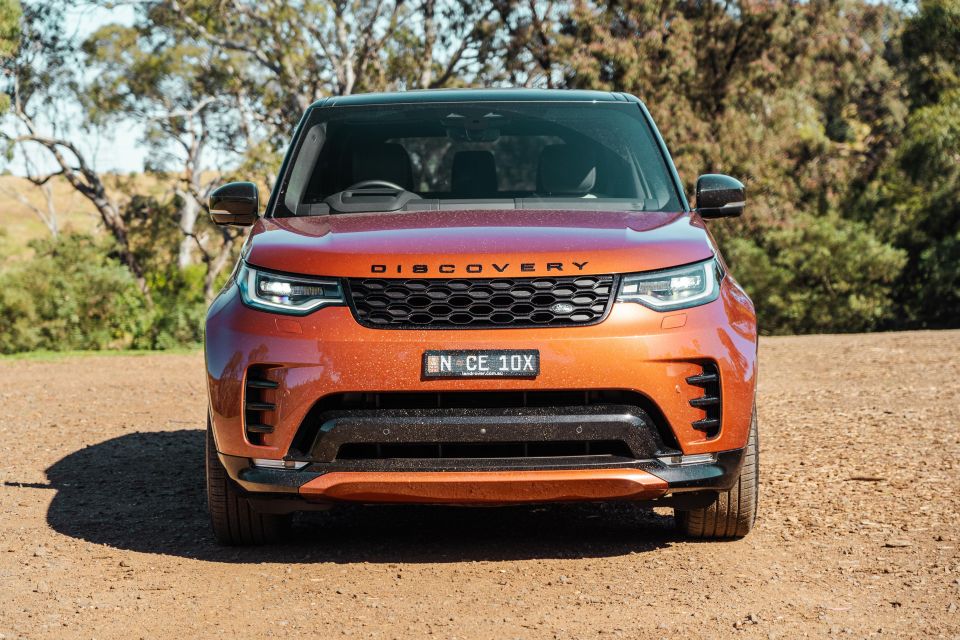

News Editor
Its sales are down and it’s getting squeezed by other Land Rover models, yet the Discovery will live on into a new generation – though the future of the vastly more popular Discovery Sport is less assured.
Jaguar Land Rover CEO Thierry Bolloré told Auto Express the Discovery will be replaced, despite it being the Land Rover brand’s slowest seller by some margin.
“We are completely reinventing Discovery. We believe there is a space for it, but we have to be creative,” said Mr Bolloré.
“Defender is such a success that it has eaten a part of what was the territory of Discovery. Defender is a brand.

“We believe that Discovery could be a brand as well. We are looking at how we present our future line-up – it’s something we have in mind.”
That suggests Land Rover wants to expand the Discovery family, which currently consists of the large Discovery and mid-sized Discovery Sport.
Such an expansion, however, would reportedly see the Discovery sub-brand pushed upmarket – at the expense of the Discovery Sport.
Asked whether there’ll be a new generation of the mid-sized SUV, Bolloré responded, “We don’t know yet. But a Discovery, yes.”

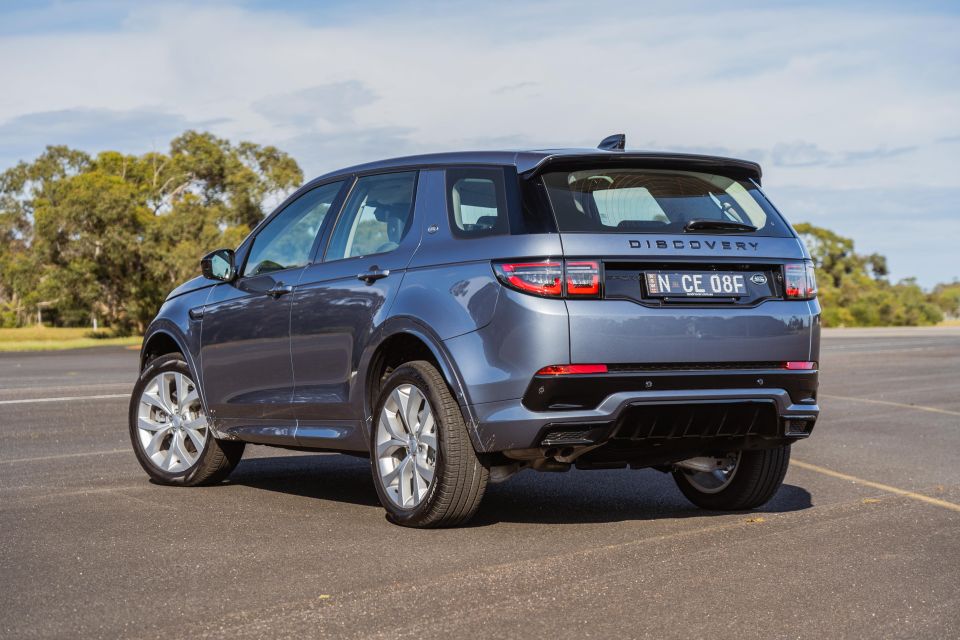
The Discovery Sport currently offers buyers a more upright, practical alternative to the similarly sized, mechanically related Range Rover Evoque.
The Range Rover brand, for context, offers four models – the flagship Range Rover, plus the Sport, Velar and Evoque – while the Defender family includes the 90, 110, 130, with reports more variants are yet to come.
But Bolloré also spoke of more clearly defining the Discovery, particularly as some of its usual customers are swayed to the Defender.
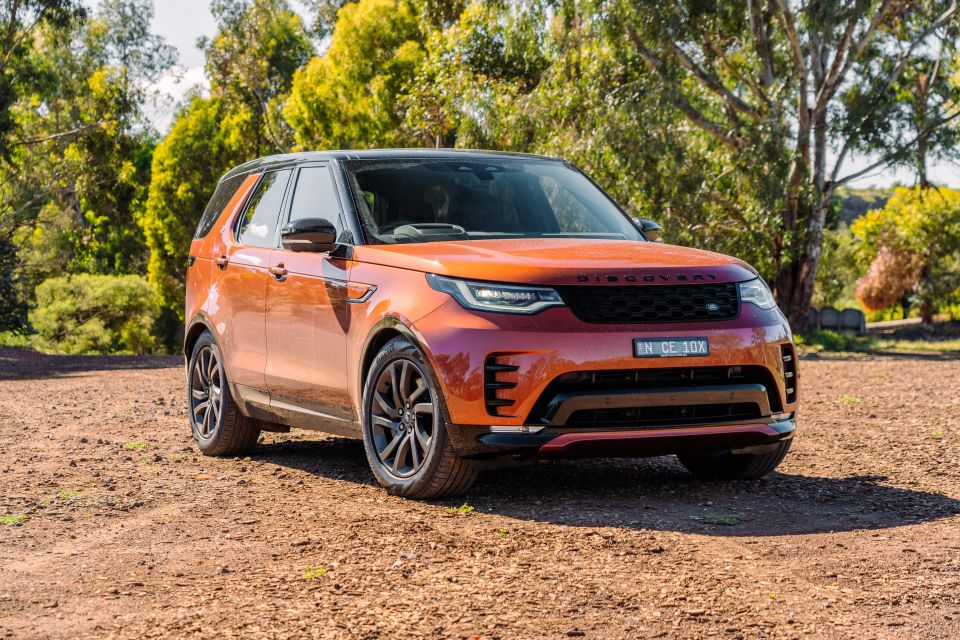

“We need to make a real family car for the most discerning families,” he said.
“Discovery has to, and should, play this role that could disappear from the market otherwise – in the luxury segments at least. The Discovery will be that car.”
While the new flagship Range Rover offers a third row of seating (and, conversely, the new Range Rover Sport has lost one), Bolloré says the Range Rover is “not the same spirit as Discovery”.
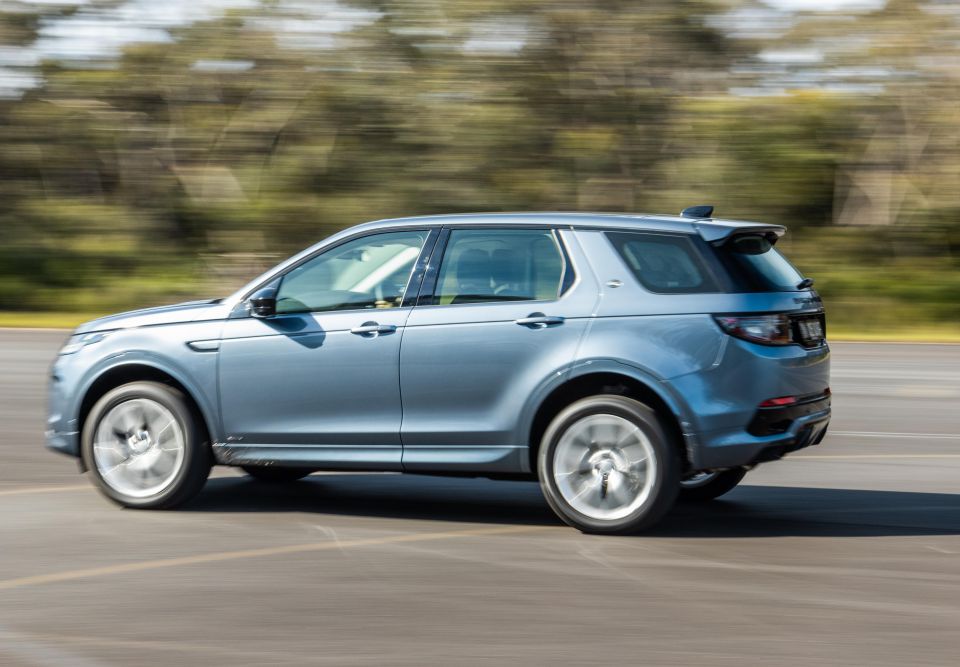
Bolloré’s remarks therefore point towards a more overtly family-focused Discovery, with a more upscale feel than a Defender if not quite as plush as a Range Rover.
This could reportedly mean a move to the MLA architecture of the new Range Rover and Range Rover Sport. The current Discovery shares its D7u platform with the outgoing Range Rover and Range Rover Sport.
That will allow the next Discovery to use a range of powertrains, including mild-hybrid petrol and diesel engines, plug-in hybrids, and all-electric powertrains.
Indeed, in JLR’s most recent financial report it confirmed all JLR nameplates would be available with all-electric powertrains by the end of the decade.

Electric versions of the new Range Rover and Range Rover Sport are due in 2024. They’re two of a total of six electric models due by 2026.
The current Discovery will live on for a few years yet. It was introduced in 2017, and was the first generation of Discovery to eschew the boxy, square-rigged styling the nameplate was known for.
Controversially, however, it retained the trademark asymmetric tailgate, which has led the aftermarket to develop a solution with a centre-mounted number plate.
The Discovery Sport line was introduced in 2014 as a replacement for the Freelander, though an overhauled version entered production in 2019 on what Land Rover called its new Premium Transverse Architecture.
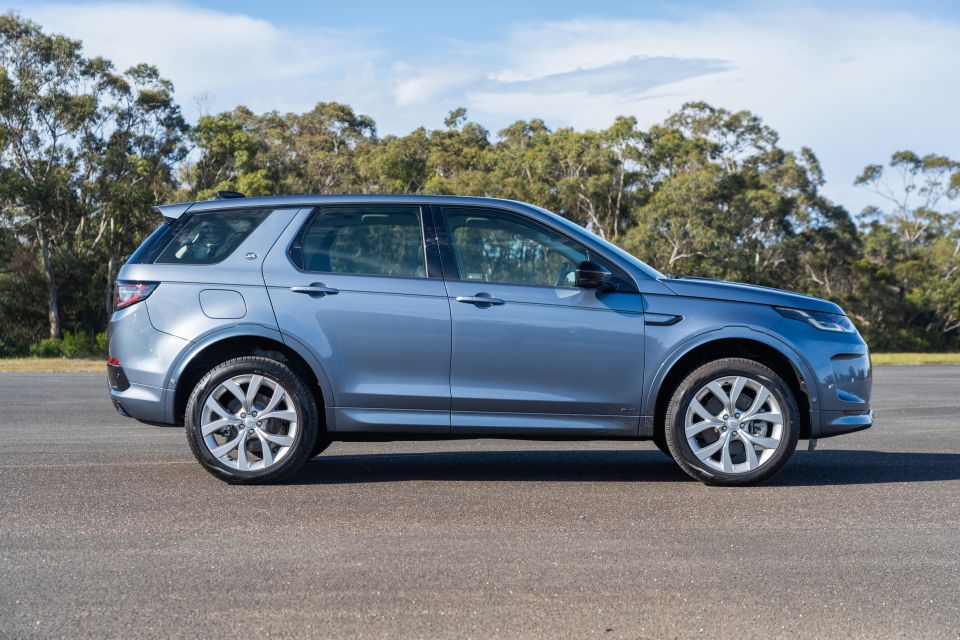
From January to June 2022, Land Rover has sold 5269 Discovery SUVs globally and 18,971 Discovery Sports.
For context, during the same period it sold 12,479 Range Rover Velars, 22,631 Range Rover Sports, 26,719 Range Rover Evoques, 11,911 Range Rovers and 30,072 Defenders.
In Australia, the gulf between the Discovery and Defender in sales is even more pronounced. From January to July 2022, Land Rover sold just 78 Discovery SUVs against 918 Defenders.
The Discovery Sport’s 375 sales put it ahead of the Velar (250) and not far behind the Evoque (448). It’s outsold by almost every rival, however, with the Genesis GV70 close behind in its rear-view mirror (312 sales).
Jaguar Land Rover Australia has previously said it’s not worried about the Discovery’s declining sales.


“The fears that we might have had about whether the Defender might cannibalise Discovery at the moment are certainly not bearing out,” said Jaguar Land Rover Australia managing director Mark Cameron.
“Moving Discovery with a much higher level of standard equipment and into that $100-120,000 RRP range with a six-cylinder engine both petrol and diesel, it really has found its own space there.”
In 2016, the last full year of the previous generation Discovery, Land Rover sold 2470 examples while the current generation’s best year thus far has been 2018, with 1833 examples sold.
The Discovery Sport has also slumped. In its best year, 2018, it logged 4547 sales. By 2021, it was down to just 843 units though, admittedly, the COVID-19 and chip shortage-plagued environment of last year was considerably less conducive to sales.
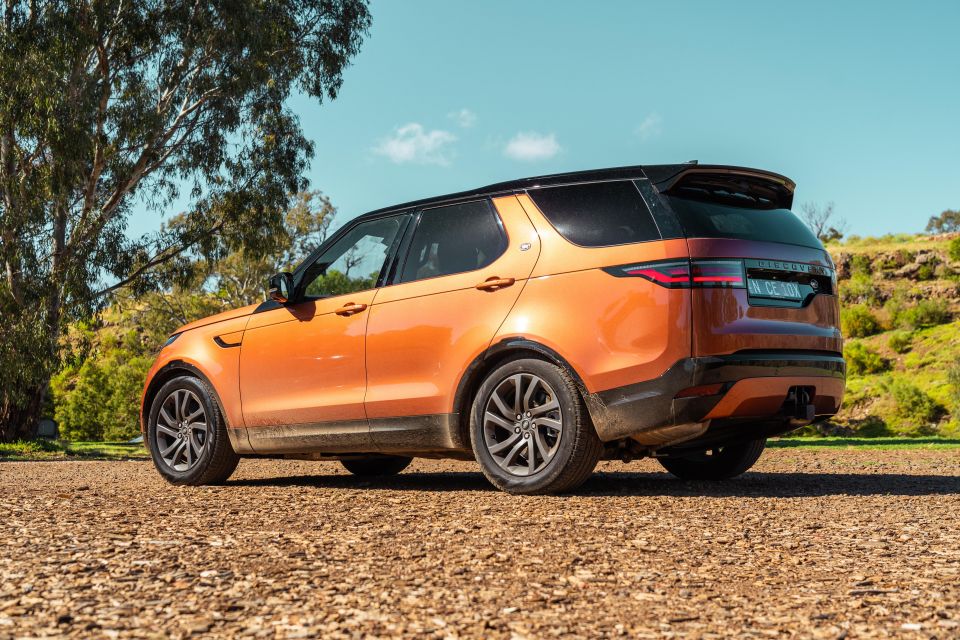
For model year 2023, Land Rover has pared the Discovery Sport line-up in Australia back to just two variants, with the old diesel option dead.
Should Land Rover prioritise a new Discovery over a new Discovery Sport, they’d be echoing a current trend that’s seeing luxury car brands discontinue more affordable models to focus on pricier, higher-profit vehicles.
Mercedes-Benz, for example, is culling its range of entry-level luxury cars from seven to four vehicles with the next generational changeover, while Audi is axing its A1 and Q2 and doesn’t plan to follow other Volkswagen Group brands in introducing an electric city car.
MORE: Everything Land Rover Discovery MORE: Everything Land Rover Discovery Sport
Where expert car reviews meet expert car buying – CarExpert gives you trusted advice, personalised service and real savings on your next new car.
William Stopford is an automotive journalist based in Brisbane, Australia. William is a Business/Journalism graduate from the Queensland University of Technology who loves to travel, briefly lived in the US, and has a particular interest in the American car industry.


Josh Nevett
5 Days Ago


Andrew Maclean
4 Days Ago


Shane O'Donoghue
4 Days Ago


Anthony Crawford
3 Days Ago


Matt Campbell
2 Days Ago


James Wong
20 Hours Ago